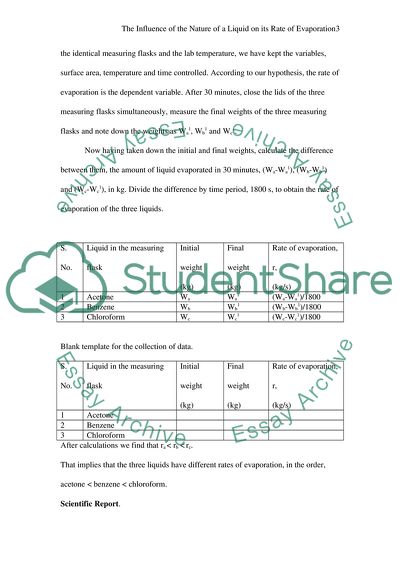Cite this document
(The Influence of the Nature of a Liquid on its Rate of Evaporation Research Paper, n.d.)
The Influence of the Nature of a Liquid on its Rate of Evaporation Research Paper. Retrieved from https://studentshare.org/chemistry/1725209-science-experiment
The Influence of the Nature of a Liquid on its Rate of Evaporation Research Paper. Retrieved from https://studentshare.org/chemistry/1725209-science-experiment
(The Influence of the Nature of a Liquid on Its Rate of Evaporation Research Paper)
The Influence of the Nature of a Liquid on Its Rate of Evaporation Research Paper. https://studentshare.org/chemistry/1725209-science-experiment.
The Influence of the Nature of a Liquid on Its Rate of Evaporation Research Paper. https://studentshare.org/chemistry/1725209-science-experiment.
“The Influence of the Nature of a Liquid on Its Rate of Evaporation Research Paper”, n.d. https://studentshare.org/chemistry/1725209-science-experiment.


